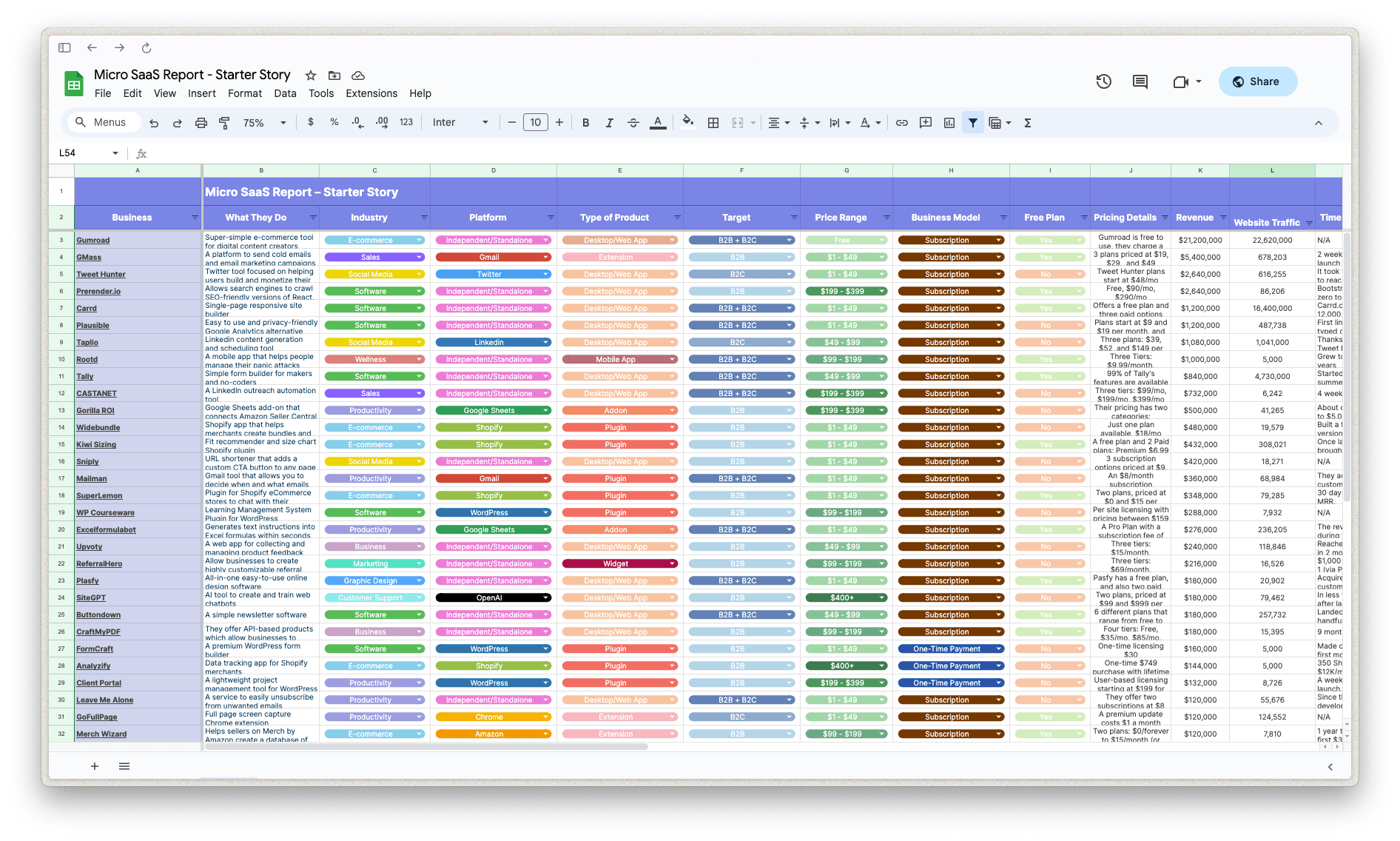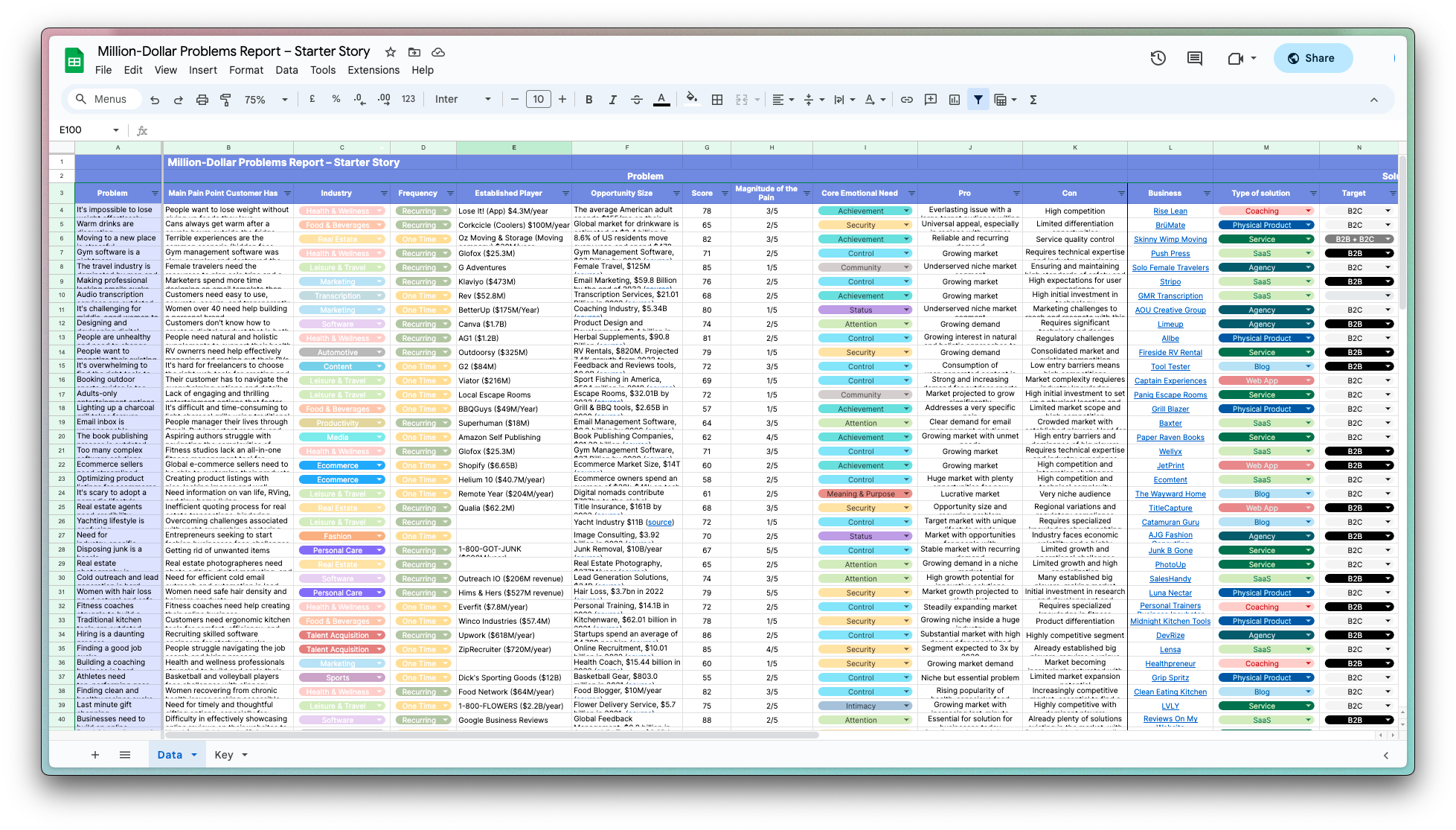How This Mom Invented LatchLight and Revolutionized Nighttime Breastfeeding
Who is Julie Carty?
Julie Carty, originating from a family of entrepreneurs, has a background in medical sales, which, combined with her personal experiences as a mother, inspired her to create LatchLight.
What problem does LatchLight solve?
LatchLight solves the problem of bright, disruptive lighting during nighttime breastfeeding by providing a soft, wearable light, ensuring peaceful feeds for sleep-deprived parents and babies.
How did Julie come up with the idea for LatchLight?
Julie Carty came up with the idea for LatchLight because of her own struggles as a new mom. She found nighttime breastfeeding difficult due to inadequate lighting, as the lights at home were either too dim or too bright, which disturbed her, her baby, and her husband. This frustration pushed her to brainstorm for a simple solution that could provide a soft, focused light, aiding in night feedings without waking everyone up.
Julie’s background in medical sales and a family history of entrepreneurship fueled her determination to solve the problem. She started by sketching her idea, using a carved baby spoon as a makeshift model, and then collaborated with freelance designers and manufacturers for more refined prototypes. She invested two and a half years...
Disclaimer: The initial draft of this article was compiled by the Starter Story team based on publicly available interviews, podcasts, and other content from the founder. See the sources we used here.

Download the report and join our email newsletter packed with business ideas and money-making opportunities, backed by real-life case studies.

Download the report and join our email newsletter packed with business ideas and money-making opportunities, backed by real-life case studies.

Download the report and join our email newsletter packed with business ideas and money-making opportunities, backed by real-life case studies.

Download the report and join our email newsletter packed with business ideas and money-making opportunities, backed by real-life case studies.

Download the report and join our email newsletter packed with business ideas and money-making opportunities, backed by real-life case studies.

Download the report and join our email newsletter packed with business ideas and money-making opportunities, backed by real-life case studies.

Download the report and join our email newsletter packed with business ideas and money-making opportunities, backed by real-life case studies.

Download the report and join our email newsletter packed with business ideas and money-making opportunities, backed by real-life case studies.










